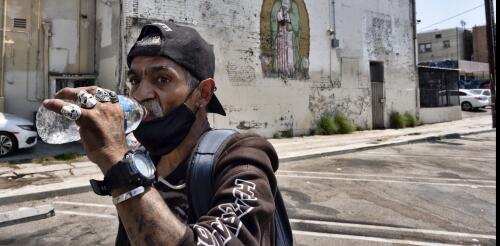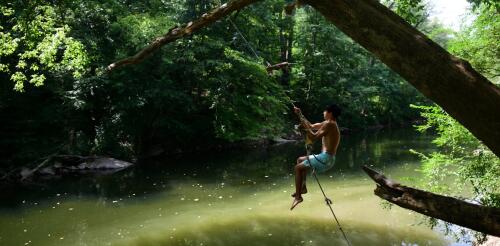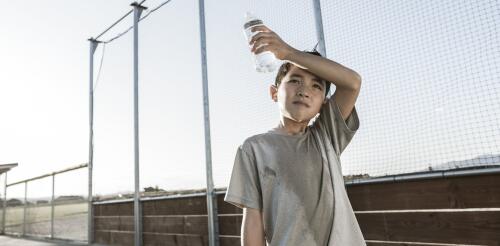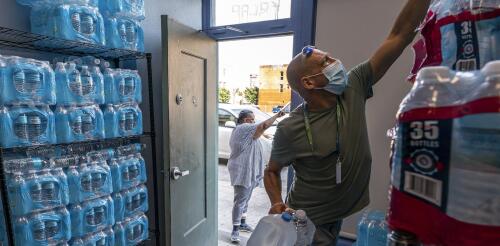Urban heat
This summer has shown how quickly high temperatures can pose serious health risks, with record-breaking heat waves claiming thousands of lives around the world. However, it’s not just high and low temperatures that matter. How many degrees the temperature swings within a day – the daily temperature variation – itself poses health risks. Studies have found that days with larger than normal temperature swings can increase asthma flare-ups and hospitalizations for respiratory and cardiovascular diseases, leading to an overall higher death rate than normal. One study, based on data from 308 cities from 1972 to 2013, estimates that 2.5% of deaths in that time could be attributed to large daily temperature swings. Although humans can live in a wide range of ambient temperatures, a dramatic shift in temperature can tax multiple systems in the body, including the immune, musculoskeletal and cardiovascular systems. It can be especially taxing on very young and older in...
Spanning 2,000 acres with more than 50 miles of trails, Wissahickon Valley Park in northwest Philadelphia offers a variety of recreational opportunities, from hiking and biking to bird watching and picnicking. We are a professor of history who co-authored a book on the Wissahickon Valley and an assistant professor of biology. We teach students at Chestnut Hill College, which sits directly across the street from this lush urban park, about the environmental history of the Wissahickon forest and the importance of preserving its biodiversity. We’re also developing a documentary on the Wissahickon funded by the Sisters of Saint Joseph. We want our students – and all Philadelphians – to understand the importance of protecting this urban ecosystem as a way to build climate resilience. Like many of the country’s other great urban parks – from Central Park in New York or Rock Creek Park in Washington to the smaller Phalen Park in St. Paul, Minnesota R...
Curious Kids is a series for children of all ages. If you have a question you’d like an expert to answer, send it to curiouskidsus@theconversation.com. My parents said the planet is getting too hot for people to live here. They called it climate change. What does that mean? – Joseph, age 12, Boise, Idaho Many countries have seen extremely hot weather lately, but in most of the inhabited world, it’s never going to get “too hot for people to live here,” especially in relatively dry climates. When it’s hot outside in dry places, most of the time our bodies can cool off by evaporating water and heat from our skin as sweat. However, there are places where it occasionally gets dangerously hot and humid, especially where hot deserts are right next to the warm ocean. When the air is humid, sweat doesn’t evaporate as quickly, so sweating doesn’t cool...
The heat dome that descended upon the Pacific Northwest in late June 2021 met a population radically unprepared for it. Almost two-thirds of households earning US$50,000 or less and 70% of rented houses in Washington’s King, Pierce and Snohomish counties had no air conditioning. In Spokane, nearly one-quarter of survey respondents didn’t have in-home air conditioning, and among those who did, 1 in 5 faced significant, often financial, barriers to using it. Imagine having no way to cool your home as temperatures spiked to 108 degrees Fahrenheit (43 Celsius), and 120 F (49 C) in some places. People in urban heat islands – areas with few trees and lots of asphalt and concrete that can absorb and radiate heat – saw temperatures as much as 14 F (7.8 C) higher than that. Extreme heat disasters like this are becoming increasingly common in regions where high heat used to be rare. Blackouts during severe heat waves can also leave residents who believe they are...



